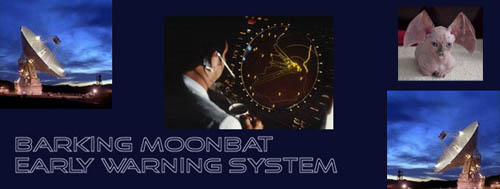
So where were we?
Here is a list of other possible bullet metals I pulled together from the Wiki.
Lead 11.34 g/cm3
Hafnium 13.31 g/cm3
Tantalum 16.69 g/cm3
Depleted Uranium 19.1 g/cm3
Gold 19.3 g/cm3
Platinum 21.45 g/cm3
Osmium 22.61 g/cm3Design away! All are quite expensive but lots of room to decrease bullet length and/or diameter without sacrificing weight or sectional density and no need to give up any case capacity. Mechanical properties vary but for some of them a little more design work on cladding material and you have an ‘ultra premium’ hunting, military, or personal defense round.
Wes, you’re spot on even if half those metals are radioactive and/or brittle.
Gold would make an excellent bullet if it weren’t so expensive. For a given shape and equal size, a gold filled bullet will weigh about 75% more than a lead filled one. This will drive your sectional density (mass per circular area) way up. On the other end of things, copper bullets of a given shape and size weigh quite a bit less. Metallurgy is at the point where their points can be specially shaped internally to allow them to roll back in some form of mushrooming, which is what you want for most hunting bullets. The nice thing about solid copper bullets is that for a given caliber and weight they are far more aerodyamic; a 100 grain copper bullet is about the same physical size as a 150 grain lead bullet. The not so nice thing about solid copper bullets (or gilding metal ones, the variety of brass that bullet jackets are usually made of) is that they don’t compress hardly at all in the barrel on engraving the rifling, the way that lead core jacketed bullets do. This means that they have about double the friction of regular bullets. While this does raise pressures - and thus velocities - it is also a bit more wear and tear on the barrel. Several companies have made their copper bullets with a lubricant plating, and one or two - eg GS Custom in South Africa, and Barnes - have developed lathe turned bullets that work like tiny artillery shells. By which I mean they have itsy bitsty driving bands on the shank of the bullets, so that the bands contact the rifling and not the shank. This is how artillery shells work, because you can’t run a steel shell down a steel barrel. Too much friction. Instead, they have copper and even plastic driving bands around the outside, and the body of the shell is just a hair too small to contact the rifling. This is called a “bore rider” design, and it works quite well. It works so well that the GS Custom bullets have so little friction you can almost shoot them out the barrel like a blowgun, and they usually require you to work up new loads using powders with a much faster burn rate. Highly aerodynamic copper bullets are much longer too, because copper is stronger than lead and thus the bullet can have a longer pointy end. This requires you to use a barrel with a faster rifling twist, because long bullets need more spin to balance than do short ones.
Gun stuff can be pretty complicated!